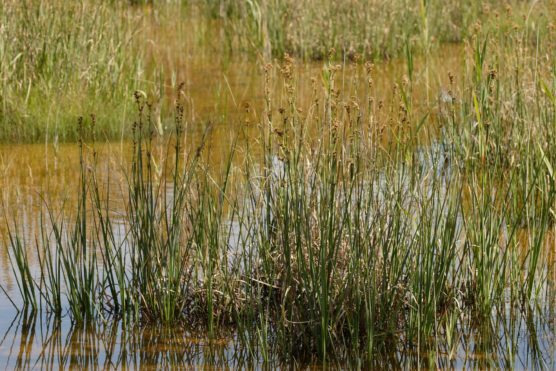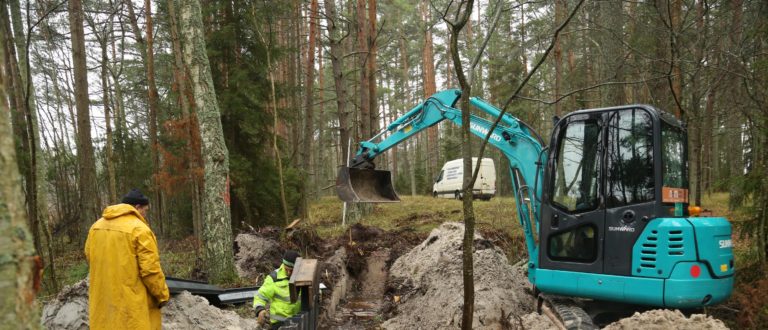In November 2020, water regime stabilization was carried out in Engure Lake Nature Park. Two plastic dams were installed to prevent quick runoff of water, thus supporting waterlogged conditions in the fens.
The shores of Engure Lake are rich in alkaline fens that have developed in wet depressions after water lowering in the lake. As part of the LIFE Peat Restore project, a management plan for the area around the Orchid Trail was developed. The purpose was to assess exactly what to do to restore the fens and related biodiversity, as observations in recent years have clearly shown that the alkaline fens are overgrowing.
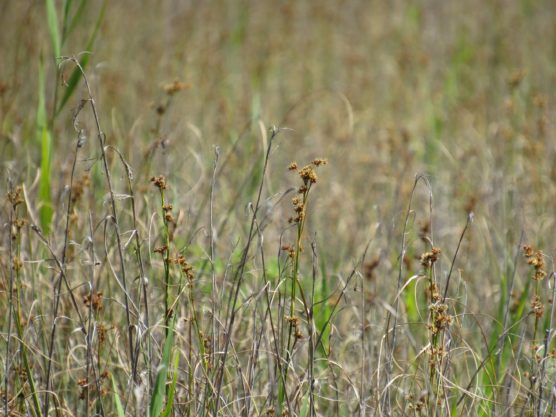
Due to the lack of hay meadows and pastures, in the early 20th century it was decided to lower the water level in former Engure Lake by 1.5 m to obtain agricultural lands and to reduce the floods. Large areas of the lake bottom became exposed. As the lake became smaller, wet meadows, fens and reed beds appeared on its new shores. To make fens drier and more productive, ditches on the eastern shore of Engure Lake were dug. In dry summers the ditches can be hardly noticed, whereas in wet periods after the rains and snow melting they rapidly fill up with water running away from the fen depression.
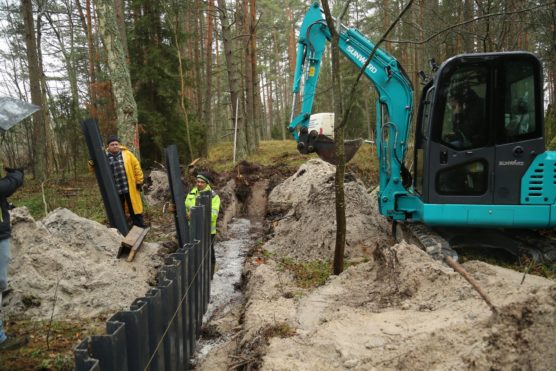
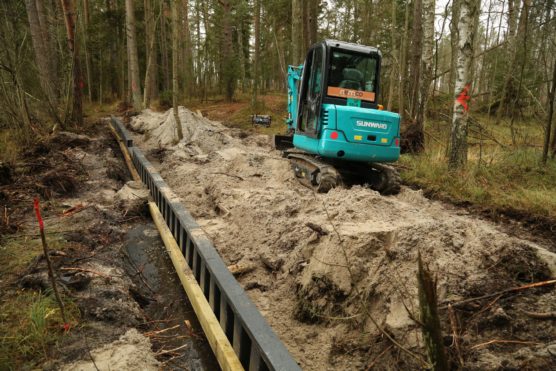
Until the 1970s, the fens were grazed by cattle from nearby villages, roaming through the area and keeping the fens open by browsing the reeds and shrubs. Nowadays, since the traditional land use has been ceased and there are no cattle in the coastal villages, the fens are gradually overgrowing. Without appropriate management, many of the species occurring in the fens may be lost.
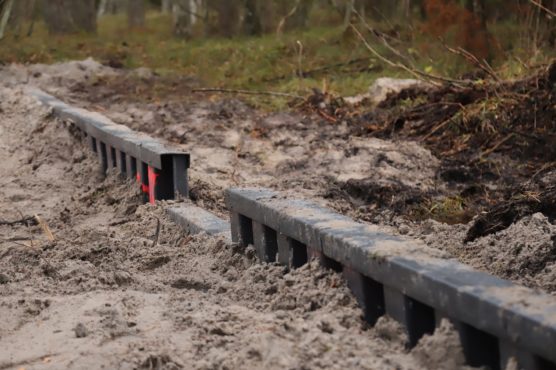
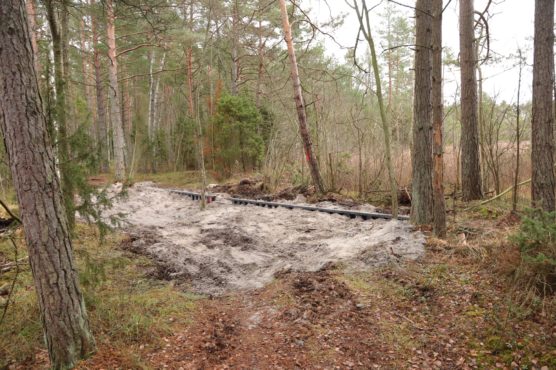
In 2020, the LIFE Peat Restore project carried out inventories and modelling to develop a management plan for alkaline fens around the Orchid Trail. It was concluded that combined management is needed to eliminate the effect of ditches and to restore open fens. As a result, two dams 10 to 15 m wide were installed on the ditches up to 1.8 m deep. The work was performed by project partner, construction company E Būvvadība Ltd.
To monitor the success of the ecosystem restoration, vegetation and water levels are being monitored and will continue to be monitored in the future. Analysis of changes in plant species composition and water levels will help to understand the recovery of peatland ecosystems.
